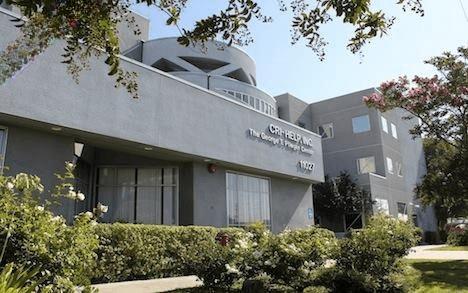
1 minute read
CRI-HELP Case Study
Project: CRI-HELP
Year Built:: 2019
Advertisement
Year Restored: 1986
Project Type: Development Consultant - 501(c)(3) Nonprofit Organization
Location: Greater Southern California
Impact on City: CRI-Help, Inc., a nonprofit organization established in 1971, maintains as its mission an increasing commitment to: the belief that addiction is a treatable disease; provide programs of treatment, education, prevention, counseling and rehabilitation for chemically dependent individuals and their families; improve the welfare of the community through our programs and by linkages with other groups, agencies, etc.; help our clients in sustaining a drug free life, while being self-sufficient, law-abiding and productive members of society; make available at least 51% of our beds to those unable to pay for treatment; maintain our programs in safe, healthy facilities; provide long term residential treatment in conjunction with other appropriate levels of care; involve our clients with an appropriate 12step program; seek and implement improved modalities of treatment.
Founding Goal: To create a model for replication across the United States.
Archival Website: www.cri-help.org
CRI-Help opened its doors in Sun Valley, California and moved to its current location in North Hollywood, shortly thereafter. Initially six clients and their families paid what they could and stayed in treatment for up to 18 months. One of CRI-Help’s first clients reported paying $25 a month, while another reported paying $200 upfront to cover their entire stay. From its humble start, CRI-Help has served the greater Los Angeles community for over 44 years, creating a lasting legacy that has touched thousands of lives. The CRI-HELP organization, which is based in North Hollywood, operated a series of older bungalows for many years, helping people to recover from alcoholism and drug abuse. The organization embarked on a major fundraising campaign and received funds to construct an alcohol and drug detoxification residence that was at that time state-of-the-art. Nobody was building projects of this size at that time. The most well-known residence at that time was the Betty Ford Center in Palm Springs, California. This facility was and is a grassroots, in-the-trenches, operation helping people in need. We were part of the fundraising team and coordinated as owner’s representative with the development team. It was all part of my learning curve and with each project that I worked on I learned more and more in terms of organizational infrastructure, development processes, and other steps necessary for nonprofit development.








